During this time of pandemic and unrest we are all looking for what our students are learning. There have been so many organic learning opportunities that summing up what the students have learned is critical. How well is what is happening around or students and in the classroom is what every good teacher is thinking. Did they learn this marking periods material, have they learned anything from the world around them? Are my students learning anything via the competencies we selected when remote learning started. When people talk about classic tests or finals, a summative assessment is normally the type of assessment they are referring to. We don’t work in a classic environment, so how do summative assessments look in our space? How do we even assess for that in the current world we live in. We talked about the “how” on 5/29/2020. This blog post will give you a quick summary of how this tight rope walk can begin to be mastered by each of us with just a little effort.
Components of Summative Assessments:
- Evaluate learning/understanding at the end of a checkpoint
- Normally help to determine students’ grade
- Used for accountability of schools, students, and teachers
- Usually higher stakes than other assessment forms
- Preparation and review is helpful for best performance
In a summative assessment, success is measured at the end of a checkpoint.
Summative Assessment Examples
At the end of a semester or a school year, summative tests are used to see how much the student actually learned. It can be the midterm, final grade, or standardized tests. The best summative assessments require a higher level of thinking that synthesizes several important concepts together. We believe that your Exhibition of Learning or Project Based Learning is a great way to give students an opportunity to express mastery of the competencies you selected for the marking period/ half of a marking period. (5-10 weeks)
Keep In Mind
In the traditional sense of the term, summative assessments are what we think of as the big end-of-the-year bubble-sheet or pen-and-paper finals. In the modern-day tech-enhanced classroom summative assessments are increasingly delivered online. During the times we live in now that really our only option. Summative assessments can take the shape of multi-media presentations, creative writing, plays or other hands-on projects that demonstrate a mastery of the material all in an effort to express the students grip on the competencies.
